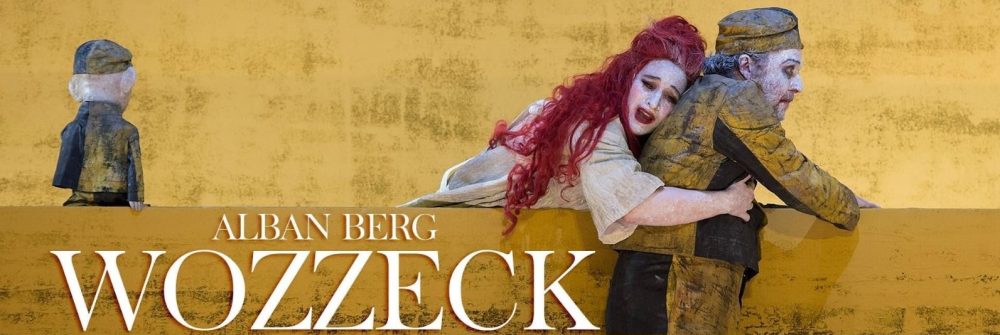The Guggenheim’s exhibition explores one of the most important periods of Miró’s career, from 1920, when he first went to Paris, to 1945.
Joan Miró ‘Self-Portrait’ (1919)
Joan Miró was born in Barcelona in 1893 and studied at the city’s Higher School of Industrial and Fine Arts. His early paintings, which were influenced by both the Fauves and Cubists as well as Catalan art, had bold outlines and bright colours, much in the Fauve style. In 1920 he made his first trip to Paris where he met Pablo Picasso.
Joan Miró ‘Interior’ (The Farmer’s Wife) (1922 – 23)
In Paris he also came into contact with André Breton, André Masson, the poet, Max Jacob and other members of the surrealist circle, Miro joined the Surrealist group and was included in its first exhibition, ‘La Peinture Surrealiste’, at the Galerie Pierre in Paris. His style changed from realism to experimental fantasy, combining a mixture of signs and vivid colours.
Joan Miró ‘Painting’ (1925)
Joan Miró ‘Landscape (The Hare)’ (1927)
He painted a series of gouaches called ‘Constellations’ and these works were probably the high point of his creativity. Stars, moons, birds, animals and human figures can all be seen in such works as ‘Woman and Birds’ from 1940.
Joan Miró ‘A Star Caresses the Breast of a Negress’ (1938)
Joan Miró ‘Birds and Insects’ (1938)
Joan Miró ‘Woman and Birds’ (1940)







